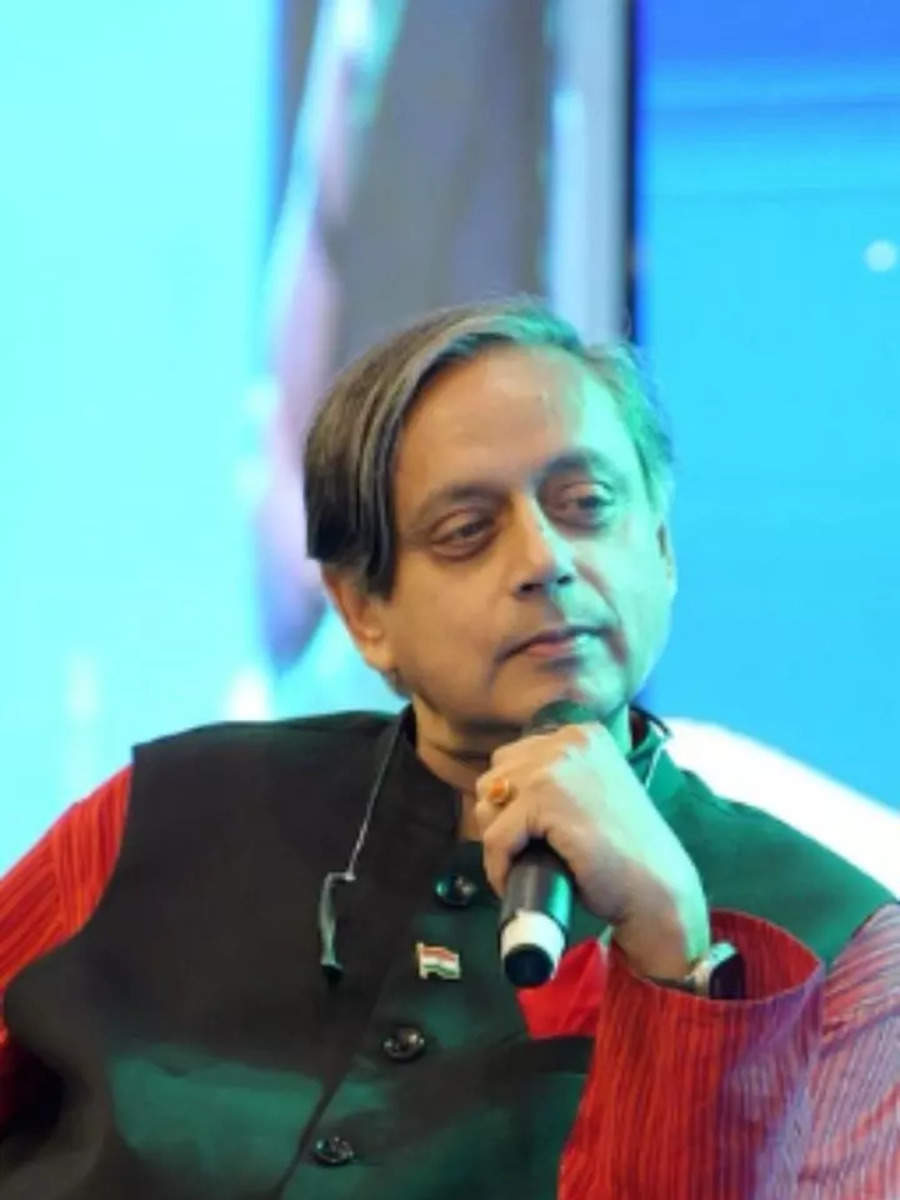Rice holds an iconic place in the Indian diet. For centuries, it has been a staple for millions of India and is not just a food but part of the cultural and religious celebrations of the country. Rice is the proof of festivals and rituals that are celebrated and observed in the country as it is considered auspicious.
In South India, rice is a part of daily meals, including popular dishes like idli, dosa, and biryani.Bengal and Odisha are renowned for their rice-based sweets like payesh. While in North India, though wheat-based meals dominate, rice still holds significance. Across India, the role of rice transcends the kitchen, appearing in religious rituals, harvest festivals like Pongal and Bihu, and even as an offering to gods, cementing its centrality in Indian life.
However, the contribution of rice to human health has been in question ever since the widespread of metabolic diseases like diabetes. Rice, which is infact the staple diet of Indians, has earned a bad reputation because of several misinformation floating around. Many people have switched to other forms of grains and flours without consulting a doctor or taking expert advice, due to the fear that eating rice can lead to sugar level imbalance in blood or can even cause weight gain.So, here arises few important questions: Is rice really unhealthy? Is it okay to eat rice more than once a day? What should be the ideal amount of rice to be consumed?
“As long as rice is consumed in moderation as part of a balanced diet, most people are thought to be safe when eating it more than once a day. Many cultures consider rice to be a staple grain because it contains vital carbohydrates that provide the body energy. But you should also think about the kind of rice you eat, how much you eat, and how well your meals are balanced nutritionally,” says Dr. Manjari Chandra Consultant – Clinical and Functional Nutrition, Nutrition And Dietetics, Dietetics, Max Hospital Gurugram. “Eating rice several times a day might not be the best option for those attempting to control their weight or for those with specific health issues like diabetes. It’s crucial to keep an eye on your intake of carbohydrates and to think about switching to healthier grains like whole wheat, quinoa, or millet,” she adds.
Homecooked Meals Key to Brain Health, Experts Suggest
A major contention is that those with diabetes should avoid eating rice. When asked about how much rice a person with diabetes can eat in a day, Dr. Shibal Bhartiya says it is important what you pair with rice. “You can eat rice if you have diabetes, but you need to watch your quantity sizes. Brown rice or other whole grains with a lower glycemic index are preferable to white rice because the latter can result in a blood sugar surge. If you include lots of veggies, lean proteins, and healthy fats in your meal plan, eating rice twice a day is appropriate. Monitoring blood sugar levels is crucial, and for individualized guidance, speak with a doctor or nutritionist. Glycemic control can be enhanced and blood sugar levels can be stabilized by serving rice with foods high in fiber,” said Dr. Shibal Bhartiya, Director, Community Outreach & wellness, Marengo Asia Hospitals Gurugram.
Which rice is healthier?
“While white rice is more often consumed, it has less nutrients and fiber than brown or red rice. Frequent use of white rice may cause blood sugar rises, particularly in individuals who are at risk for diabetes. Because brown and red rice are whole grains, they are higher in fiber, vitamins, and minerals, and therefore better choices when regularly taken,” says Dr. Manjari Chandra.
India boasts a diversity of rice varieties. Basmati rice is the longest and the most aromatic of grains used in various dishes such as biryani and pulao. Of the two popular South Indian rice varieties, Sona Masoori is a medium-grained one that grows in large quantities in Andhra Pradesh, Telangana, and Karnataka. The Ponni rice grown in Tamil Nadu is light and aromatic and mostly used in making idli and dosa batter.
Eastern states like West Bengal and Odisha are famous for Gobindobhog, a short-grained aromatic rice used in festive dishes like khichdi and payesh, or rice pudding. Black rice, locally called “chakhao” in Manipur, is full of antioxidants and is consumed for its health benefits.
Red rice is available in the states of Kerala, Assam, and Himalayan foothills. It is nutrient-rich and is used in traditional preparations. Each region in India grows varieties that complement its unique cuisine.
“Balance is the key to portion management. A diet high in rice, particularly white rice, may result in an overabundance of calories consumed, which may cause weight gain or other metabolic problems. A balanced meal full of necessary nutrients is guaranteed when you pair rice with veggies and protein (such as beans, tofu, or chicken),” Dr Manjari Chandra concluded.







